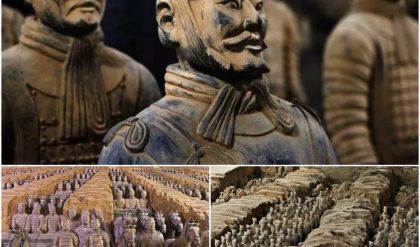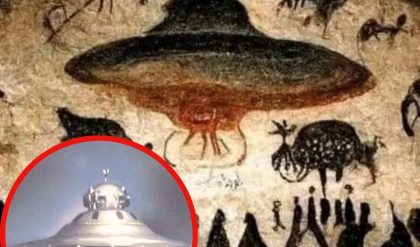The Great Pyramids of Giza have long captivated the imagination of historians, archaeologists, and enthusiasts alike. As one of the most iconic structures in human history, they stand as a testament to ancient Egyptian engineering and architectural prowess. However, a controversial theory has emerged, suggesting that these monumental edifices may not be solely the work of human hands but rather the result of extraterrestrial intervention. This article delves into the arguments for and against the notion that aliens played a role in constructing the pyramids.

The Pyramids: A Marvel of Engineering
The Pyramids of Giza, particularly the Great Pyramid, were built during the Fourth Dynasty of the Old Kingdom, around 2580–2560 BCE. Standing at an original height of 146.6 meters (481 feet), it was the tallest man-made structure in the world for over 3,800 years. The construction of these massive tombs for pharaohs involved the movement and placement of millions of limestone and granite blocks, some weighing as much as 2.5 tons.
Key Accomplishments of the Ancient Egyptians:
- Precision Engineering: The alignment of the pyramids with cardinal points is so precise that it has led some to believe that advanced astronomical knowledge was at play.
- Mathematical Skills: The Egyptians utilized complex mathematical calculations, evidenced by the proportions of the pyramids that reflect advanced geometric understanding.
- Organized Labor: The construction required a highly organized workforce, which may have included thousands of laborers, architects, and craftsmen.

The Alien Theory: A Historical Context
The theory that extraterrestrials assisted in the construction of the pyramids gained traction in the mid-20th century, particularly within the realm of ancient astronaut theorists. Prominent proponents, such as Erich von Däniken in his book Chariots of the Gods?, argue that the technological capabilities required for such constructions were beyond what ancient humans could achieve.
Key Points Supporting the Alien Theory:
- Unexplained Technologies: Proponents argue that the level of precision and engineering displayed in the pyramids indicates knowledge of technologies that did not exist at the time.
- Ancient Texts: Some interpretations of ancient texts and artifacts suggest possible interactions between humans and extraterrestrial beings.
- Visual Depictions: Certain carvings and hieroglyphs found in ancient Egyptian tombs appear to depict spacecraft or beings that resemble modern interpretations of aliens.
Criticism and Counterarguments
While the alien theory has gained a following, it faces significant criticism from the academic community. Skeptics argue that attributing the construction of the pyramids to extraterrestrial beings undermines the ingenuity and capabilities of ancient Egyptians.

Key Counterarguments:
- Evidence of Human Achievement: Archaeological findings demonstrate the advanced engineering techniques and labor organization employed by the Egyptians, including ramps, levers, and skilled labor.
- Misinterpretation of Artifacts: Critics assert that many supposed depictions of aliens or spaceships are often misinterpretations of ancient symbols or artistic expressions.
- Historical Context: Understanding the cultural, religious, and social factors that motivated the construction of the pyramids provides a more grounded perspective than the alien narrative.
The Role of Ancient Astronaut Theory in Popular Culture
The idea that extraterrestrials may have played a role in human history has been popularized by numerous books, documentaries, and television shows. Programs like Ancient Aliens have fueled public fascination, often highlighting supposed evidence and testimonials without rigorous scientific validation.

Conclusion: The Ongoing Debate
The question of whether extraterrestrials built the pyramids of Egypt continues to spark debate and intrigue. While the notion of alien involvement is largely regarded as a fringe theory lacking substantial evidence, it serves as a fascinating exploration of human curiosity and our desire to understand the mysteries of our past.
As we delve deeper into the rich tapestry of ancient history, it is essential to balance skepticism with open-mindedness, allowing for the possibility of discovering new truths about our world and the extraordinary achievements of ancient civilizations. Ultimately, whether the pyramids were built by humans, aliens, or a combination of both, their grandeur remains a lasting symbol of ingenuity and mystery that continues to inspire generations.





